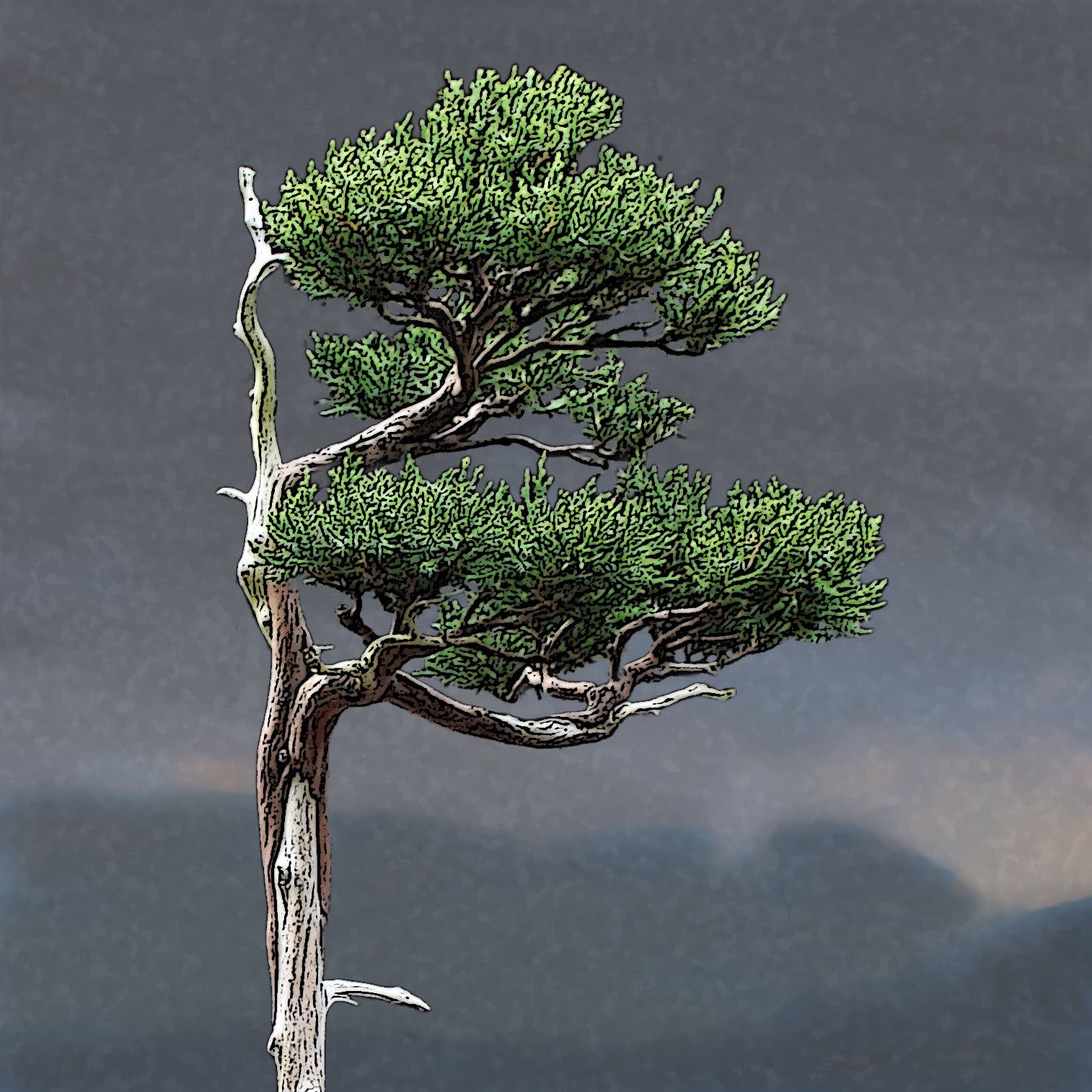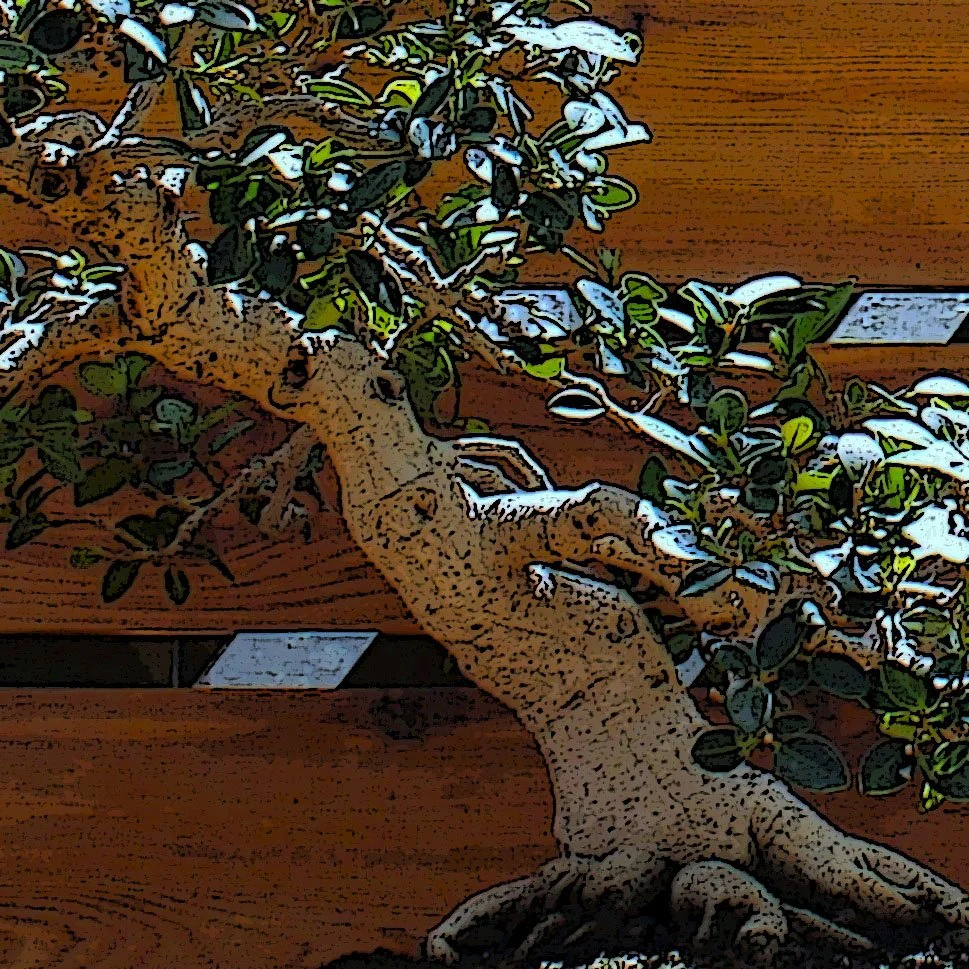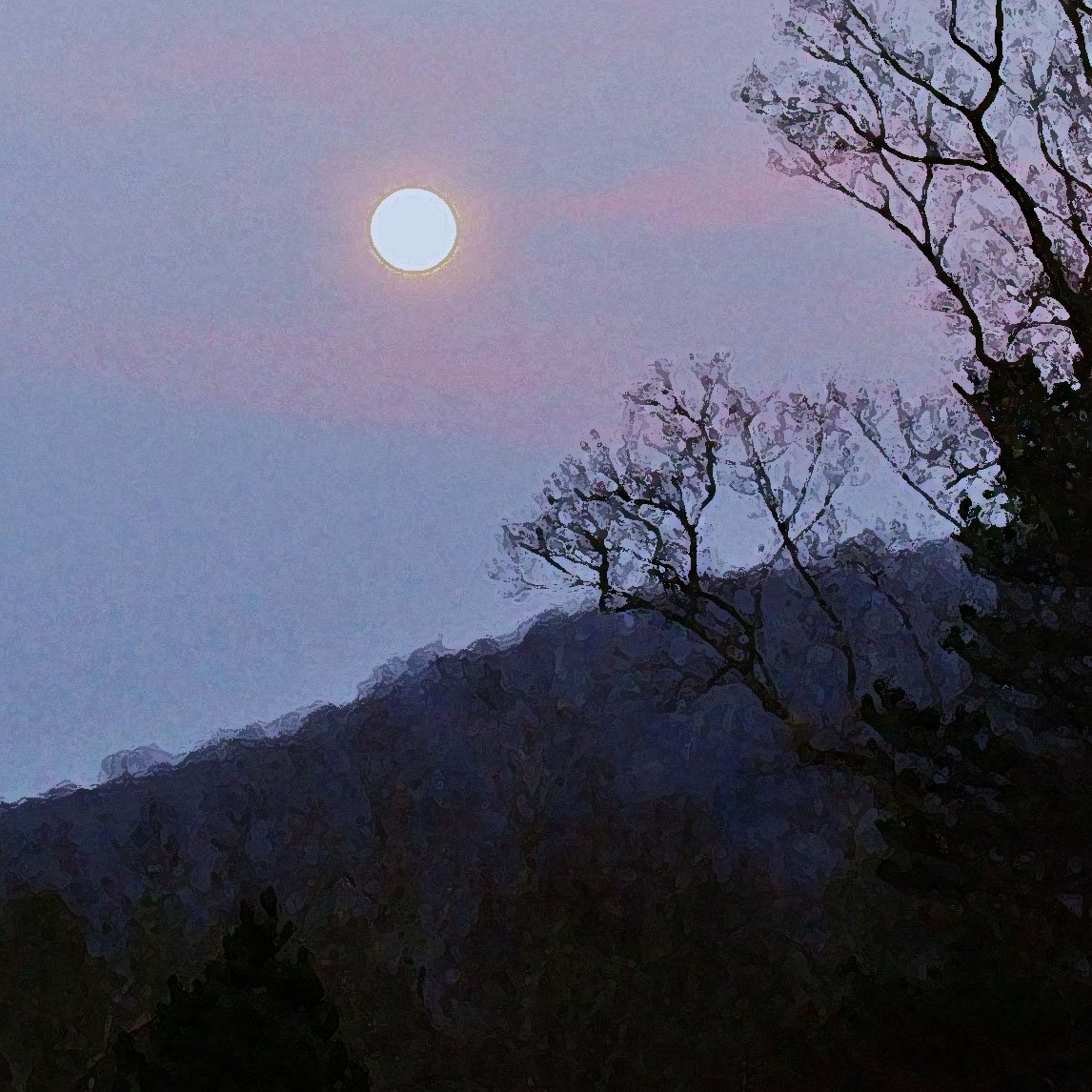I'm a solitary sort of person, strongly inclined towards quiet introspection, with an unfortunate tendency to be cranky in social situations. I might be tempted to say I'd like my job even more if all it involved was working with the plants, were it not for a certain mysterious phenomenon that occurs on a regular basis.
Read MoreIt takes a little imagination for a water feature like Mountain Spring to mentally transport a viewer to some other, more natural watering hole in the forest. But even if the viewer has no imagination, they can still appreciate just the sight and sound of water cascading over the face of a big, craggy rock and into a pool. That experience is elemental and accessible. It's another matter altogether when the water feature is conceptual — that is, when the water feature doesn't actually have any water in it.
Read MoreThis little feature works familiar bonsai territory — the suggestion, in simple strokes, of something greater, calling upon the imagination of the viewer to make the connection. In the mind's eye of the visitor standing at the railing, the little splash of water may bring them back to the seclusion of a forest retreat.
Read MoreRedcedar is not a favored bonsai subject, I think mostly because it is difficult to find suitable old trees with which to work. Trying to grow a redcedar bonsai from young material is a long term, long shot project. All four of the redcedar bonsai in our collection were donated to us, so they all had some age on them before we started working on them.
Read MoreOn the eve of construction, before the bulldozer came to work over the site in preparation for building the garden, I dug up one of the scraggly young serviceberries and put it in a pot. The little two-trunked tree didn't look like much. Collecting it was an impulsive act, done in the spirit of saving some living piece of what used to be, knowing that the space was about to be transformed.
Read MoreThe time leading up to the big weekend is a strange mix. There's stress because there's demand and a deadline, and the closer the deadline gets the more stress there is. The deadline is a worry, but that which must be done by the deadline is very enjoyable and really shouldn't be rushed, and therein lies the problem. All the high-value, creative pruning work an avid pruner could wish for comes due all at once, with a deadline.
Read MoreThe little red maple trees in the tray landscapes grew and presented a set of options with the multitude of parts they produced. In shaping them I relied entirely on the cut-and-grow method, using no training wire. With a pair of scissors I went about imagining life stories for the landscape trees, making choices as to what parts were lost and what path the canopy branches followed in their unending quest for sunlight.
Read MoreThree Asian species — Japanese maple (Acer palmatum), trident maple (Acer buergerianum) and Amur maple (Acer ginnala) — are all considered excellent for bonsai use. Why not red maple, which is abundantly available in Western North Carolina? The answers I heard from bonsai people I asked were so emphatically negative I became leery of even asking.
Read MoreThe experience is suggestive, not limited by any need for what the viewer is looking at to be literally "old." The plants are shaped to look like they are old, to mimic the effects of age, done in a way convincing enough that the illusion prompts a response similar to what people would experience if they were in the presence of full-sized old trees of great character. Bonsai art, like all other art, works on our minds at the crossroads of memory and imagination.
Read MoreThe incredible character of these naturally miniaturized specimens lies somewhere at the heart of the bonsai impulse. Nature has always produced such trees in environmental extremes all over the world. Humans have always found something in the nature of these trees that speaks to us, compelling us to a more philosophic state of mind. They inspire us.
Read MoreThe tree looked more convincingly decrepit but still grew strongly in its branching and foliage. The container made of chestnut wood also became more picturesquely weathered as it aged. For a few years everything was right about this planting and it attained that golden stage of development when the illusion of timelessness seemed permanent. Then the bubble burst.
Read MoreThere is a sense of timelessness inherent in a finely crafted bonsai. When the viewer stands before such a piece, there is the illusion of a moment suspended, an impression of all that came before and all that is to come obscured as if under enchantment. It is as if the bonsai came into existence just as it is and will always remain just so.
Read MoreGardens are beautiful because there is beauty in life. There is more than that, though. It is the inescapable fact of existence as we know it, that where there is life there must inevitably be death. Life feeds on death, on all levels from the microscopic to the largest manifestations of creative energy.
Read MoreIt is impossible to know what the future might hold for young and undeveloped talent. When I was young and collected baseball cards, the card manufacturers treated rookie baseball players the same way for the same reason. "Rookie" cards combined two unknown young players on one card. Usually, neither of the players would amount to much.
Read MoreMy guess is that very few of the many people who have admired "Yoshimura Island" over the past three decades have taken note of the ingenious composition. In truth, I did not fully appreciate it myself until I learned more about bonsai than I knew at the time the planting was created. What Mr. Yoshimura had done with the arrangement of this planting and why he did it was something I discovered only after years of looking at it and thinking about it.
Read MoreEven today I can't think of a great many technical tips I can say for certain came to me from Mr. Yoshimura. He contributed a good deal of information in that regard, but it all gets blended in with things I learned elsewhere, before and after my time with him. The real gold of my Yoshimura experience was in all the stuff that perplexed me at the time.
Read MoreI had brought along three ceramic tray containers — low-profile, good quality Japanese stoneware ovals, the kind traditionally used for forest plantings. Mr. Yoshimura looked at those a moment, then said, "Come with me!" At this he became animated to a surprising degree, scurrying in short, rapid steps toward the greenhouse. I followed.
Read MoreWhen Mr. Yoshimura wasn't preparing me for the future, he was looking back over the decades of his own past, trying, I think, to discern why things went the way they did. He spoke of episodes from all different phases of his life, from the distant days of his youth up to the most recent years.
Read MoreMr. Yoshimura's teaching style was direct. He spoke declaratively and took pains to be exact in his statements. He expressed himself with authority that arose from an absolute command of his subject, acquired over an entire lifetime spent immersed in the art of miniature trees and landscapes.
Read MoreMr. Yoshimura loaded my slides into the projector's carousel then started projecting the images onto a small screen, also crammed into the room. Here my lessons began. As each tree's image was thrown up on the screen, Mr. Yoshimura would study it briefly and then begin a critique.
Read More


















